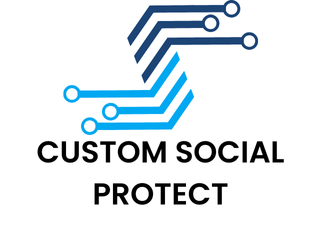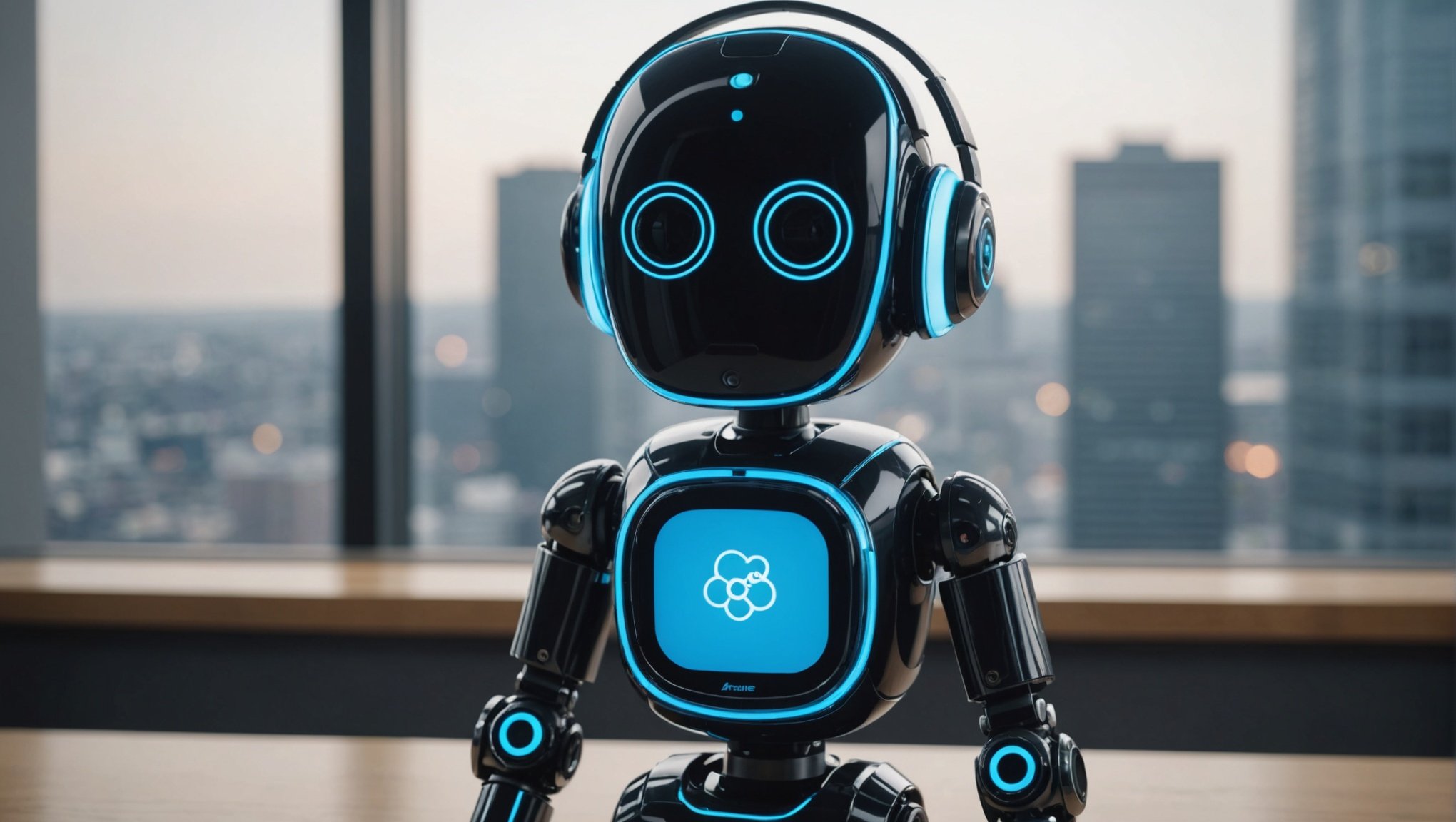Chatbots are evolving, and so should their capabilities. Azure Cognitive Services harnesses the power of Natural Language Processing (NLP) to deliver highly engaging, context-aware interactions. By integrating this technology, you can enhance your chatbot's understanding, making it more responsive to user needs. Discover how Azure’s NLP features transform mundane exchanges into meaningful conversations, propelling your business toward intelligent automation and improved customer experiences. Embrace the future of communication today!
Overview of Azure Cognitive Services
Azure Cognitive Services is a suite of artificial intelligence tools designed to enhance applications with intelligent algorithms. Its primary purpose is to simplify the integration of AI capabilities, such as Natural Language Processing (NLP), into applications, making it a vital component for chatbot enhancement. By leveraging these services, developers can create more interactive and responsive chatbots that understand and process human language effectively.
Also to read : Mastering Kubernetes: A Comprehensive Guide to Auto-Scaling Your Cluster Based on CPU Utilization
The key components of Azure Cognitive Services relevant to chatbot development include Language Understanding (LUIS), Speech Recognition, and Text Analytics. These components work together to enable chatbots to comprehend user inputs, recognize speech patterns, and analyse text data. For instance, LUIS helps chatbots understand user intents, while Text Analytics provides sentiment analysis and key phrase extraction.
Azure Cognitive Services offers seamless integration capabilities, allowing developers to incorporate AI functionalities into their chatbots with minimal effort. This integration is facilitated through APIs that can be accessed via the cloud, ensuring scalability and flexibility. By utilizing these services, businesses can enhance their chatbot's ability to engage with users, providing more accurate and personalized responses.
Topic to read : Mastering Kafka: Proven Strategies to Enhance Your Event Streaming Platform”s Performance
Key Features of Natural Language Processing in Azure
Azure's Natural Language Processing (NLP) capabilities are robust, offering a suite of tools that empower chatbots to interact more naturally with users. These tools include text analysis, language understanding, and speech functionalities, each playing a crucial role in enhancing chatbot performance.
Text Analytics and Sentiment Analysis
Through text analytics, Azure provides chatbots with the ability to perform sentiment analysis, which gauges the emotional tone behind user inputs. This feature allows chatbots to tailor responses based on the user's mood, improving user satisfaction by delivering empathetic and contextually appropriate interactions. Additionally, text analytics can extract key phrases and entities, providing chatbots with a deeper understanding of the user's message.
Language Understanding (LUIS) Capabilities
Azure's Language Understanding (LUIS) is pivotal in enabling chatbots to comprehend user intents and entities. By leveraging machine learning models, LUIS can interpret the meaning behind user inputs, allowing chatbots to respond accurately and efficiently. This capability ensures that chatbots can handle a wide range of queries and tasks, enhancing their utility and effectiveness.
Speech Recognition and Synthesis Functionalities
Azure's speech recognition and synthesis functionalities further augment chatbot interactions by enabling speech-to-text and text-to-speech conversions. This allows users to communicate with chatbots using natural speech, making the interaction more intuitive and accessible. Speech recognition accurately transcribes spoken words into text, while speech synthesis converts text responses into spoken language, ensuring a seamless conversational experience.
Step-by-Step Guide to Integrating NLP with Chatbots
Integrating Natural Language Processing (NLP) with chatbots can significantly enhance their ability to interact with users. This guide provides a detailed approach to implementing NLP using Azure's capabilities.
Preparing Your Environment
Before you begin the chatbot integration, ensure your environment is ready. Start by setting up an Azure account and enabling the Cognitive Services. This step is crucial as it provides access to the necessary APIs for NLP functionalities. Once your account is active, you can begin configuring the resources needed for your chatbot project.
Implementing Text Analytics
Text Analytics is a vital component of Azure NLP. To implement it, you'll need to connect your chatbot to the Text Analytics API. This involves writing code snippets that enable your chatbot to perform functions such as sentiment analysis and key phrase extraction. By doing so, the chatbot can better understand user emotions and extract critical information from conversations.
Utilizing Language Understanding (LUIS)
For more advanced chatbot integration, leverage Language Understanding (LUIS). Begin by creating a LUIS app within the Azure portal. This app will serve as the foundation for your chatbot's ability to comprehend user intents and entities. To enhance accuracy, follow best practices for training and refining NLP models. This includes providing diverse and comprehensive training data to improve the chatbot's understanding and response capabilities.
By following this implementation guide, you can effectively integrate Azure NLP services into your chatbot, resulting in more intuitive and engaging user interactions.
Case Studies of Successful Chatbot Implementations
Exploring chatbot case studies offers valuable insights into the real-world applications of Azure NLP. These success stories highlight the transformative impact of integrating advanced AI capabilities into chatbot systems.
Analysis of Companies Using Azure NLP for Chatbots
Several companies have successfully harnessed Azure NLP to enhance their chatbot functionalities. For instance, a major e-commerce platform implemented Azure's Language Understanding (LUIS) to improve customer service. By understanding user intents, the chatbot could efficiently handle queries, leading to a significant reduction in response time.
Outcomes and Improvements in User Engagement
The integration of Azure NLP in chatbots has resulted in notable improvements in user engagement. Businesses reported enhanced interaction quality, with chatbots providing more accurate and contextually relevant responses. This not only increased user satisfaction but also led to higher retention rates, as users found the chatbots more helpful and intuitive.
Lessons Learned and Best Practices from Implementations
From these implementations, several best practices have emerged. A key lesson is the importance of continuously training NLP models with diverse data sets to maintain accuracy. Additionally, integrating feedback loops allows chatbots to learn from user interactions, further refining their capabilities. By following these strategies, companies can ensure their chatbots remain effective and responsive to user needs.
Benefits and Challenges of Using Azure Cognitive Services
Azure Cognitive Services offer significant benefits of NLP that enhance user interactions, making chatbots more intuitive and responsive. By leveraging these services, businesses can create chatbots that understand and process human language efficiently, providing users with a seamless conversational experience. The advantages include more accurate sentiment analysis, better user intent recognition, and personalized interactions, all contributing to improved user satisfaction and engagement.
However, integrating Azure Cognitive Services is not without its challenges in implementation. Common issues include ensuring data privacy, managing complex configurations, and maintaining model accuracy over time. These hurdles can impede the development process and affect the overall performance of the chatbot.
To overcome these challenges, businesses can adopt several strategies. Ensuring a robust data security framework is crucial to protect user information. Additionally, utilizing Azure's comprehensive documentation and support can simplify the configuration process. Regularly updating and training NLP models with diverse datasets can help maintain their accuracy and relevance. By addressing these challenges proactively, businesses can fully capitalize on the Azure advantages and enhance their chatbot offerings.
Visual Aids and Diagrams
Incorporating visual representations into chatbot development can significantly enhance understanding and implementation efficiency. These aids, such as diagrams and flowcharts, provide clarity on how Azure services integrate with chatbots, illustrating complex processes in a digestible format.
Workflow Diagrams
Workflow diagrams are essential tools for visualizing the sequence of operations within a chatbot system. They map out the interaction between various Azure services, showcasing how data flows from user input to the chatbot's response. By using these diagrams, developers can pinpoint potential bottlenecks or inefficiencies in the system, ensuring smoother operations.
Integration Flowcharts
Integration flowcharts illustrate the step-by-step process of incorporating Azure Cognitive Services into chatbot applications. These flowcharts detail each stage of the integration, from initial API calls to the final deployment of AI functionalities. By following these visual guides, developers can streamline the integration process, reducing the likelihood of errors and ensuring all components work harmoniously.
User Interaction Scenarios
Visualizing user interaction scenarios helps in understanding how chatbots enhance user experiences through Azure's capabilities. These scenarios depict typical user journeys, highlighting improvements in engagement and satisfaction due to efficient service workflows. By analysing these scenarios, businesses can identify areas for further enhancement, tailoring their chatbots to meet user needs more effectively.











